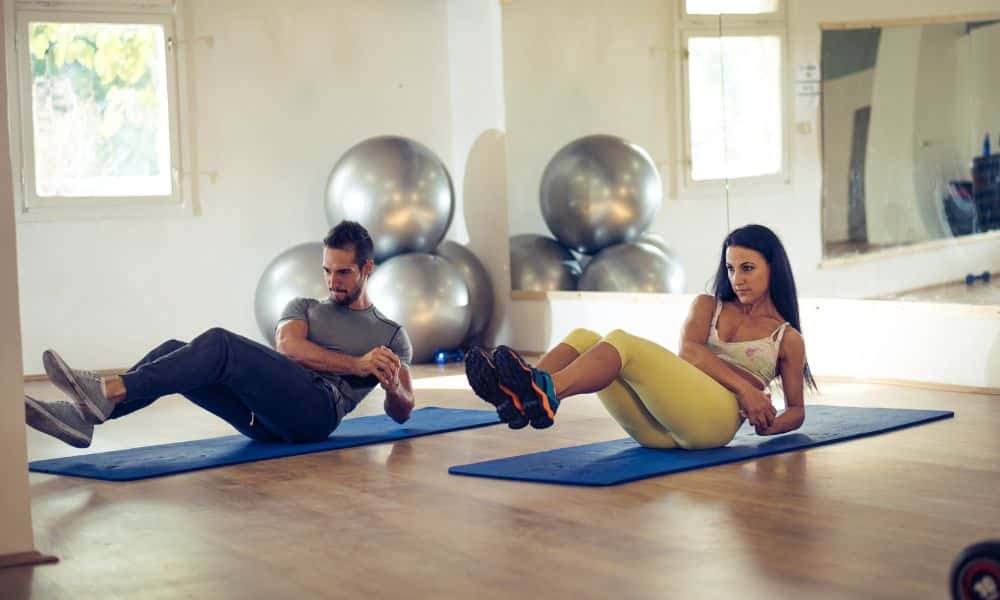In today’s fast-paced corporate environment, office workers often find themselves tethered to their desks for hours on end. The sedentary nature of such work can have detrimental effects on health, increasing the risk of obesity, cardiovascular disease, and diabetes. However, ‘deskercise’—a portmanteau of ‘desk’ and ‘exercise’—presents a solution, offering office workers effective strategies to integrate fitness into their workday. Here’s how you can stay active and healthy without leaving your workspace.
The Risks of a Sedentary Lifestyle
Prolonged sitting is associated with a higher risk of chronic health problems. According to the American Heart Association, sedentary jobs have increased by 83% since 1950, and physically active jobs now make up less than 20% of the U.S. workforce. This shift highlights the need for workplace fitness initiatives.
Understanding ‘Deskercise’
Deskercise refers to physical activities that can be performed in limited spaces, such as an office cubicle or at a workstation. These exercises are designed to combat the health risks associated with prolonged sitting by promoting blood circulation, strengthening muscles, and improving flexibility—all of which can contribute to better health and increased productivity.
Effective Deskercise Strategies
Here are several practical deskercise strategies that employees can easily incorporate into their daily routine:
Seated Leg Lifts
Sit up straight with your feet flat on the floor. Straighten one or both legs and hold in place for a few seconds. Lower the leg(s) back to the ground without letting the feet touch the floor. Do 15 reps per leg to strengthen the thigh muscles.
Chair Squats
Stand up from your chair, lower your body back down, stopping right before you sit back down. Aim for 15 to 20 squats. This exercise engages your core and strengthens your glutes and legs.
Desk Push-Ups
Stand a few feet away from your desk, place your hands on the edge, and perform push-ups. Aim for 10 to 20 reps. This movement works the chest, shoulders, and triceps.
Wrist Stretches
Extend your arms with palms facing down and gently pull on your fingers with the opposite hand. This stretch can prevent carpal tunnel syndrome, especially important for those who type a lot.
Shoulder Shrugs
Raise both shoulders up towards the ears, hold for a few seconds, and then relax. Repeat for 10 to 15 reps. This exercise helps relieve tension in the shoulder and neck area.
Water Bottle Weights
Use a full water bottle to perform arm curls and other light weightlifting activities. Aim for 12 to 15 reps on each arm to tone your biceps and forearms.
Ankle Circles
Lift your feet off the ground and rotate your ankles in circles. Do 10 circles in one direction, then switch to the other. This helps with ankle flexibility and can prevent stiffness.
Walking Meetings
Instead of sitting in a conference room, take your meetings on the go. Walking meetings can boost creativity and ensure you get more steps in your day.
Stretching
Regular stretching throughout the day can improve flexibility and reduce muscle stiffness. Focus on stretches that target the back, neck, and legs.
Benefits of Deskercise
Incorporating these simple exercises can have several benefits, including:
- Improved Circulation: Moving regularly helps to increase blood flow, which can prevent cramping and clotting.
- Better Posture: Many deskercises strengthen the core muscles, which can lead to improved posture and reduced back pain.
- Enhanced Concentration: Short activity breaks can lead to increased blood flow to the brain, enhancing cognitive function.
- Stress Reduction: Physical activity is known to help reduce stress levels, leading to a happier and more productive work environment.
Conclusion
Deskercise offers a practical and accessible way to improve health for those with sedentary jobs. Integrating these exercises into your work routine can lead to significant physical and mental health benefits. Not only do these strategies help combat the risks associated with a sedentary lifestyle, but they can also boost morale, productivity, and overall well-being. As with any exercise program, consistency is key—so make deskercise a regular part of your daily work life to reap the most benefits.




